Antennas for TV: what are they and how to choose?
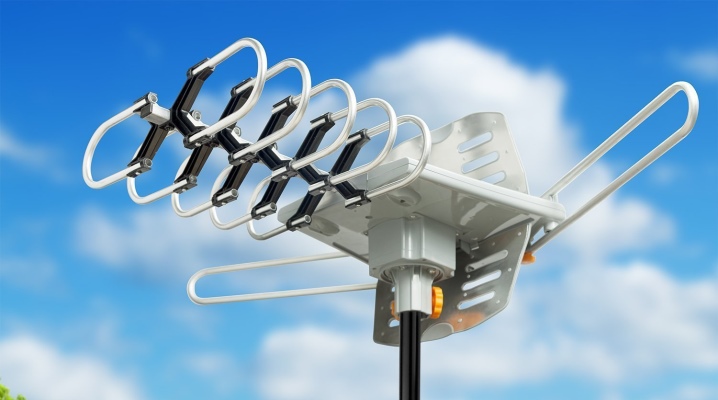
TV antenna is an integral part of the TV, it improves the quality of the signal reception of TV channels. The design of the device determines whether it will be an analogue TV signal, digital or satellite. At the moment, the most common are analog and digital television. But how to choose the right antenna and what to look for first?
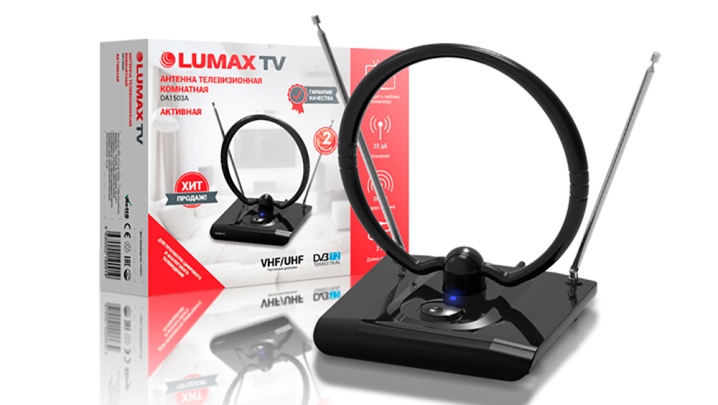
Peculiarities
TV antenna - a very common device, almost all TVs will not be able to fully work without it. The exception is those devices that are connected to cable TV. TV receivers vary by type ("Wave channel", log-periodic antenna, phased arrays and others), signal reception coverage, gain.
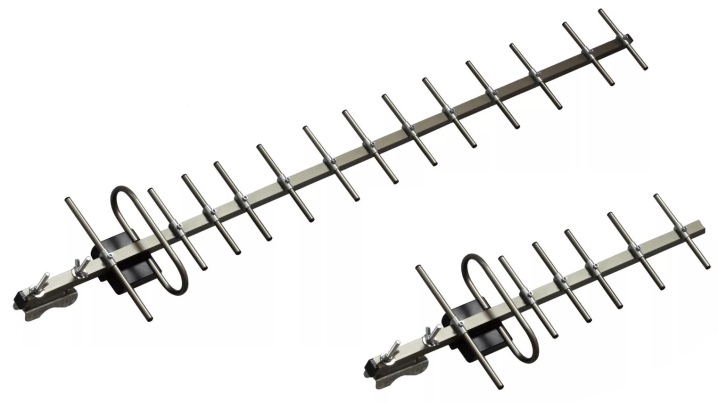
The scales of operating frequencies differ and are divided into band, single-channel and all-wave antennas. A very good signal is being picked up single-channel devices, but unfortunately they only receive one channel. Band antennas most often multi-storey and public buildings are equipped, these devices have large dimensions and a complex constructive composition. Most common all-wave receivers.
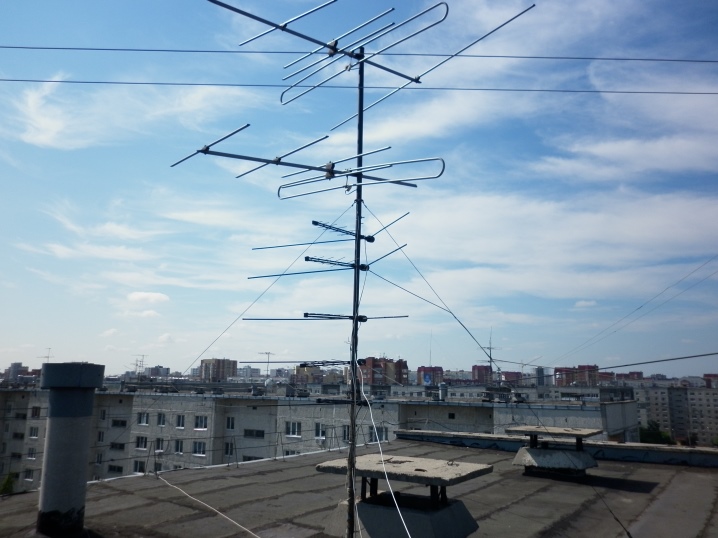
The dimensions of the receiver are related to the wavelength. A high frequency of signal reception signals a short wave and small size of the vibrator, directors and reflector of the device. The radiation pattern directly affects the gain. To receive digital TV broadcasting, in addition to the antenna, the TV receiver must support the DVB-T2 standard or a special receiver.
There are also several features to consider here.
- Signal reception is carried out only in the decimeter range - devices operating in the meter range are not suitable for "digital".
- An amplifier is required. The amplifier can be built-in or purchased separately. The device is a small self-powered unit, the antenna signal is input, and the output is connected to the TV. This improves the image quality.
- The receiver must be highly directional to prevent unnecessary interference in the signal.
- If the signal is noisy, install equipment with filters to protect against LTE signals.
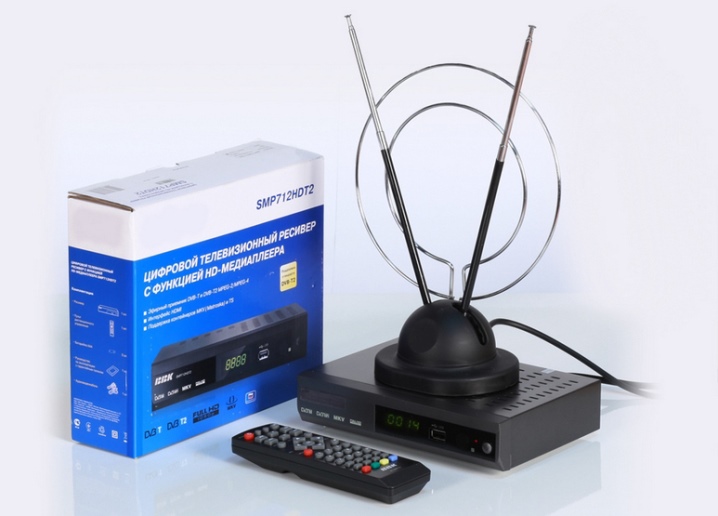
Number of TVs also determines the choice of the receiver, in the presence of a single device, you can get by with a passive antenna, but if there are several devices and the signal from the receiver is separated by a "crab", then it is better to purchase active antenna.
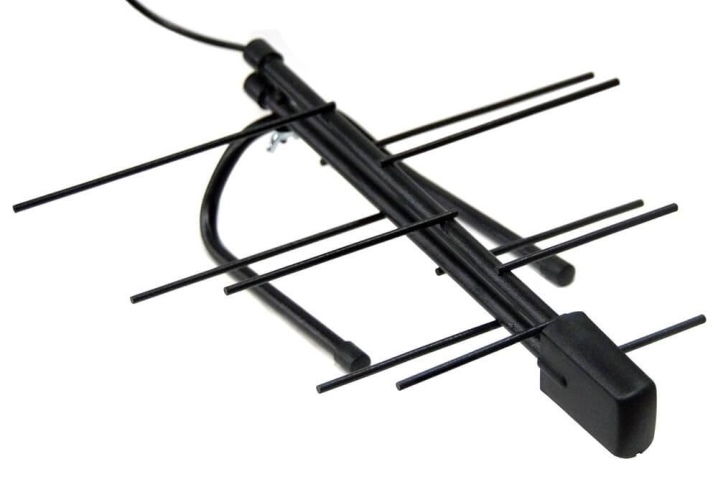
Species overview
TV antennas can be divided into several categories, which in turn are subdivided into subcategories. Let's consider the main of these types.
At the place of installation
The place of permanent accommodation can be either a room or a street. Let's analyze the advantages and disadvantages of each type of antenna.
- Indoor (home) television antenna. The simplest variety that does not require special installation work. The main disadvantage is poor signal reception. Often, it is additionally equipped with a signal amplifier to improve the quality of reception.
According to their design parameters, these devices are divided into the following.
- Rod... Popularly known as "horns", they are equipped with two or four mustache-vibrators that pick up signals. Due to its technical characteristics, such an antenna is compact and easy to fold.The main disadvantage is that there is no possibility of a universal tincture.
- Framework... Equipment of this type looks like a frame on a metal rod stand. They catch a signal in the decimeter range and require the mandatory installation of an amplifier. They work better than rod antennas, but not much.
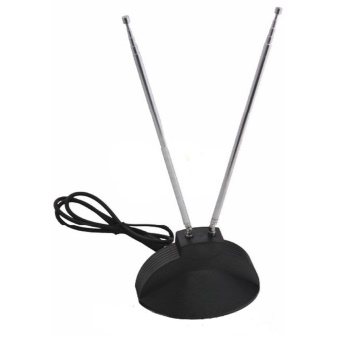

- Outdoor (street) TV antenna. It is a more powerful source for receiving TV signals. Such a device is installed on the roofs of multi-storey buildings; collective use is often possible. The height of the mast directly depends on the number of obstacles for the signal, the more there are, the higher you need to install the antenna.
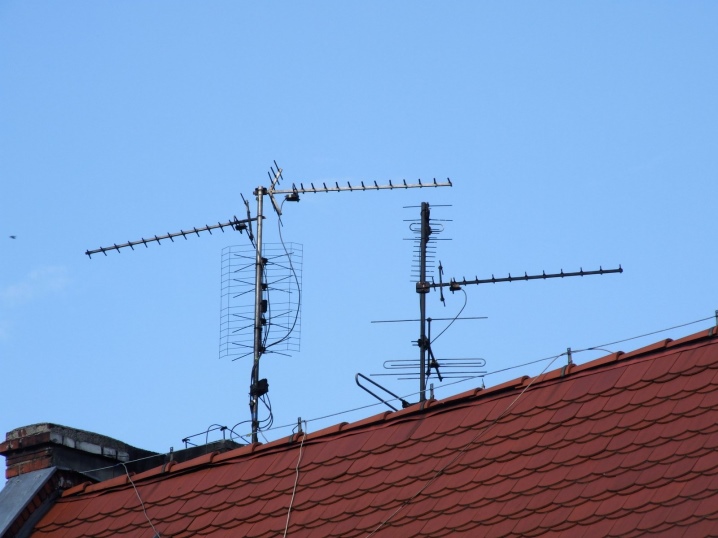
By the presence of an amplifier
According to this principle, all antennas are divided into two types.
- Active... Such devices have a power amplifier. Devices of this type are needed if the repeater is located far enough and there are massive obstacles through which the signal is severely distorted and does not pass well. Also, an active type of antenna is required if the device is located in a low place, when there is no visibility between the repeater and the television antenna. Such a device can be used for several TVs, for this you need a special tee for the antenna cable.
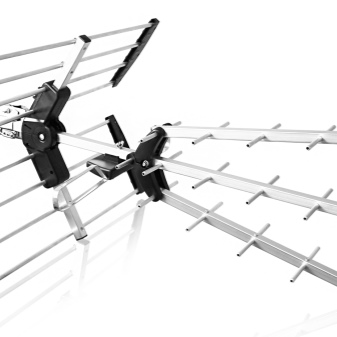
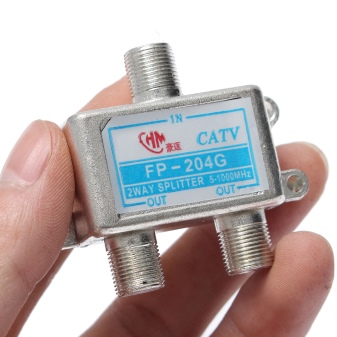
- Passive. Ideal antennas for those who live close to a repeater. The only drawback is that the signal can be distorted due to the strength of the signal reception. This issue is solved by installing a special attachment - an attenuator, which mutes the signal to the required level.
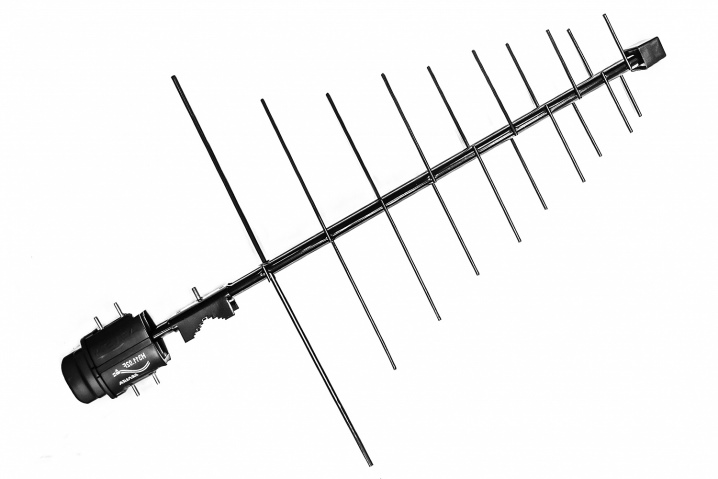
By design
By design characteristics, receivers are divided into indoor, outdoor and satellite... We have already talked about the first two types above, therefore we will not particularly focus on them. Consider in more detail satellite dishes, popularly called "dishes".
This type of device is larger than outdoor or portable home antennas. Signals are received from the satellite, not from the television tower. Device is a massive metal plate, as a rule, painted white, in which the converter is located, the total number of converters can be up to 3, it depends on the region of use of the satellite equipment. The satellite dish is programmed for only one satellite, receiving all the channels that it transmits, and the reception of signals goes to more than 20 channels, including paid ones.
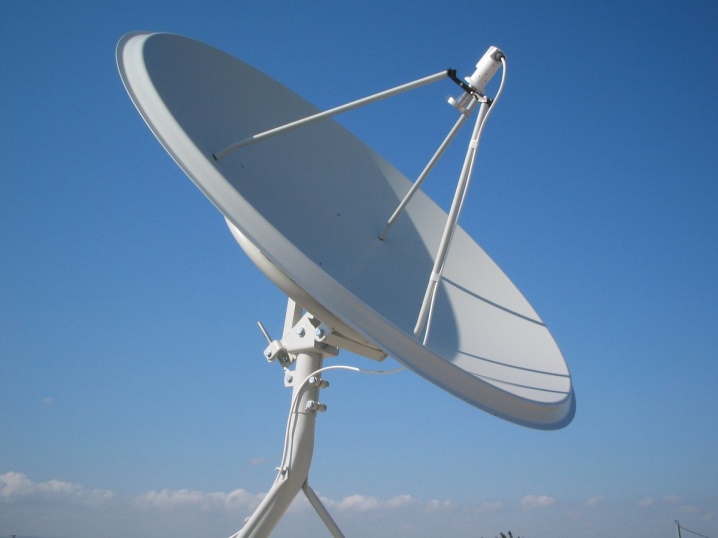
The signals broadcast from the satellite and the television broadcaster are completely different, therefore, in addition to the dish, need a receiver. It looks like a small plastic box with a display on the front. There are also buttons for turning the receiver on / off, changing the channel, volume and menu, this is done in case of a malfunction of the remote control. On the case there is a card capture reader, a USB port through which an external flash drive or hard drive is connected, and the port is also used to change the receiver software.
A couple of years ago, in the presence of two television sets in the house and the unwillingness to watch the same channel on them, it was necessary to purchase a satellite dish for each, but now this problem is no longer worth it. Have appeared universal converters, their technical equipment allows you to connect two coaxial cables. However, receiver is needed for each individual TV, but there will be one plate. Converter allows you to split signals into two streams - and you can watch different channels on different TVs.
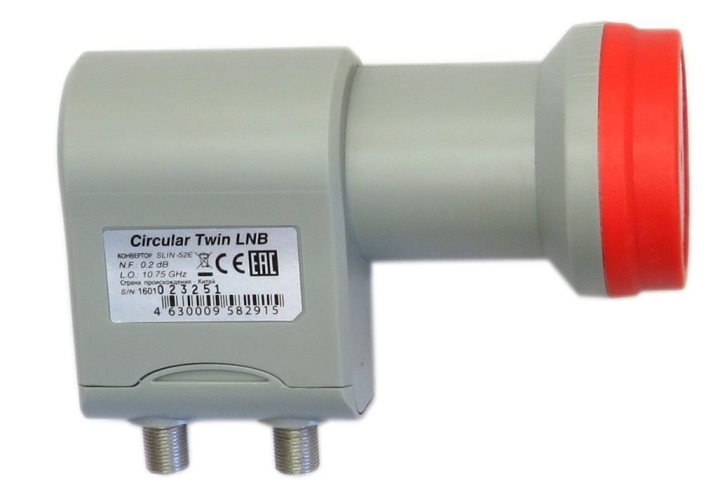
Satellite dishes They are very popular due to high-quality signal reception even in areas with difficult natural relief, and there are many such places in Russia. Of course, interference in the operation of the dish occurs, but exclusively due to severe thunderstorms or heavy snowfall. TO disadvantages such devices can be attributed to the complexity of self-installation.
It is necessary not only to install the equipment at the right angle and in the right direction, but also to check the signal quality.
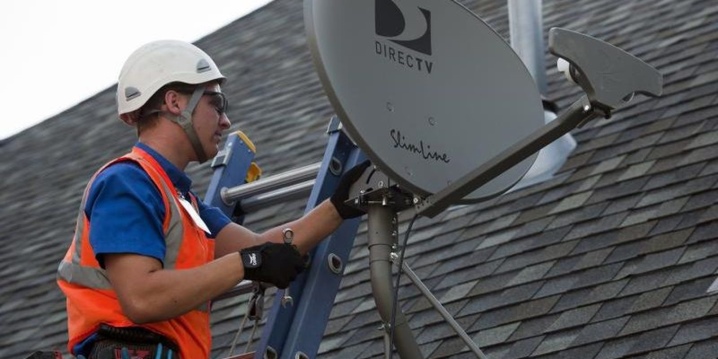
Popular models
The modern market offers a great variety of models of various designs and sizes, from a small home dish to a large satellite dish. From the whole variety of indoor antennas, thanks to reviews on the Internet, we have compiled an overview of the most successful models.
Selenga 104A Made in China, compatible with any TVs. Accepts any signals due to the built-in amplifier. Of the minuses, users note the insufficient cable length (only 1.5 meters) and the inconvenient antenna design.
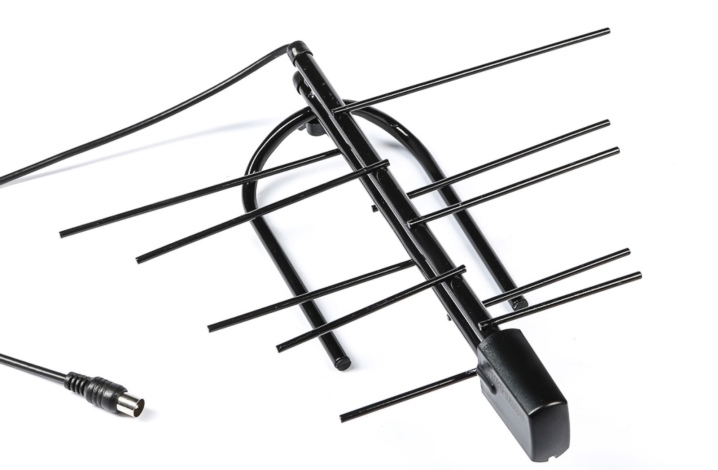
Next model Delta K131A. 03 " also from China. From all the reviews on it, the following conclusion can be drawn - it is possible to use this antenna optimally only in urban conditions due to the specifics of the UHF 40 dB amplifier. This amplifier operates in the UHF range or the so-called "seventy", and this range is good at catching waves in urban areas. In rural areas, the waves decay faster, and the signal becomes unreliable. Also the advantage is the low weight and compactness of the antenna. The downside is the poor build quality.
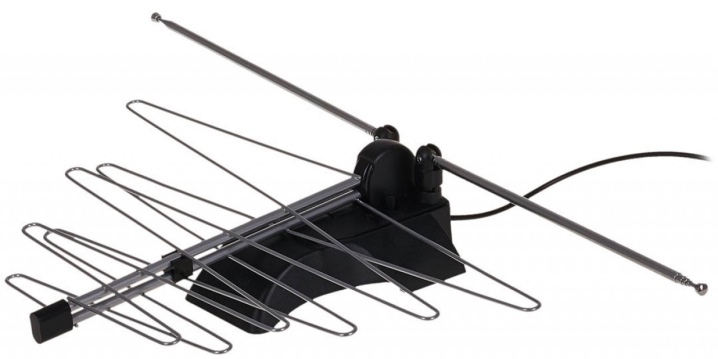
South Korean TV antenna model Hyundai H-TAI320 with an unusual closed-loop design, combined with two horn antennas, provides the widest choice of settings. This is due to the fact that the antenna can receive waves in the VHF and UHF bands. Decent quality is achieved through a built-in amplifier. It is possible to receive signals in the DVB-T, DVB-T2, FM and DAB formats. Excellent value for money and quality.
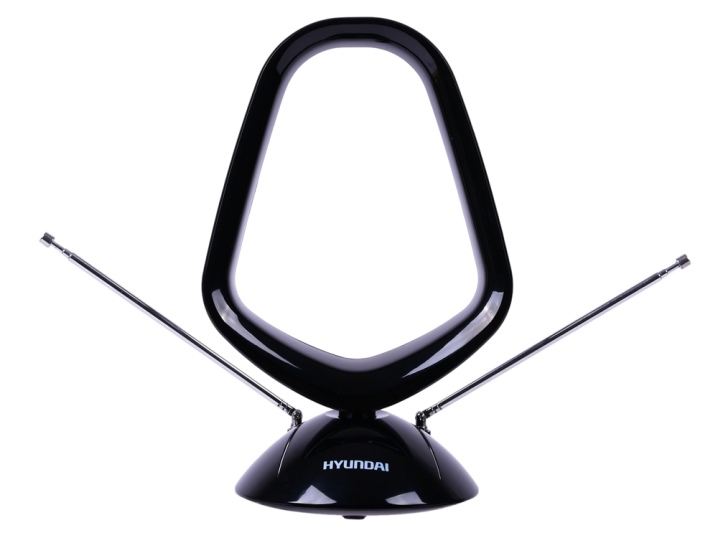
Chinese manufacturer again, but not a simple antenna LUMAX DA1502A - its feature is the ability to use both inside and outside. According to reviews from the Internet, the device is very high quality and resistant to drops, the cable length is 3 meters. When used as outdoor equipment, for ideal signal reception, an elevation of 3-4 meters above the ground is required. A 2-year warranty is a nice bonus from the manufacturer.
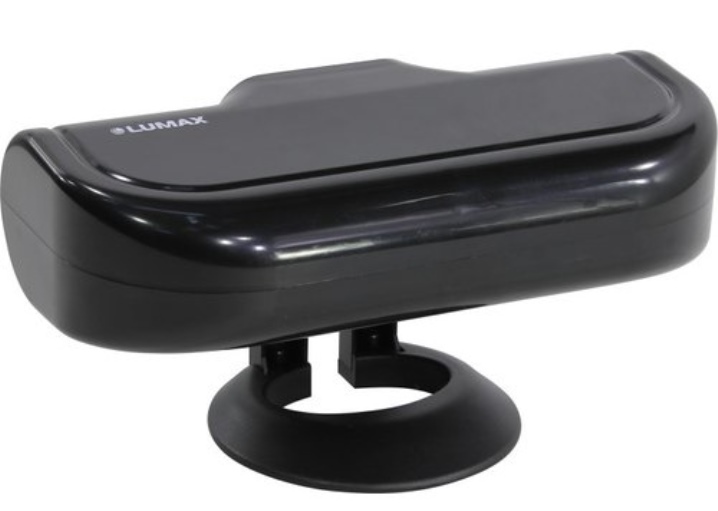
Another Chinese indoor antenna HARPER ADVB-2120 has proven itself in the Russian market due to its characteristics. These include a large range of captured signals, a unique closed-ring appearance that makes it easy to place the structure on any surface. The amplifier of this equipment is powered directly from a receiver or TV - it is worth considering this fact when purchasing an antenna, since not all equipment may be suitable.

Outdoor antennas are just as popular, which is why we chose the top 5 of the best devices.
- Russian manufacturer REMO produces a pretty good antenna "REMO BAS-1111-P Pechora" with an asymmetrical arrangement of elements. Thanks to a special polymer coating, the equipment is not afraid of adverse weather conditions. There is no signal amplifier, so the antenna is suitable only for those who are within the radius of a stable signal. Users report that the reception quality in such an area is very good. Among the shortcomings, it should be noted that there is no cable, bracket, plug and connector in the kit, they will have to be purchased separately.
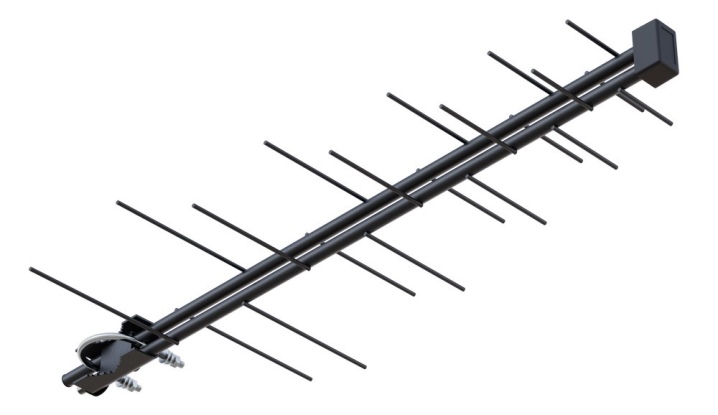
- South Korea introduces a model in its antenna lineup Hyundai H-TAE240. There is nothing superfluous in the device, it looks very simple. The passive antenna has a durable metal frame. It picks up a signal well, but is demanding on various interference (high-voltage transmission lines, plantings, unfavorable weather).
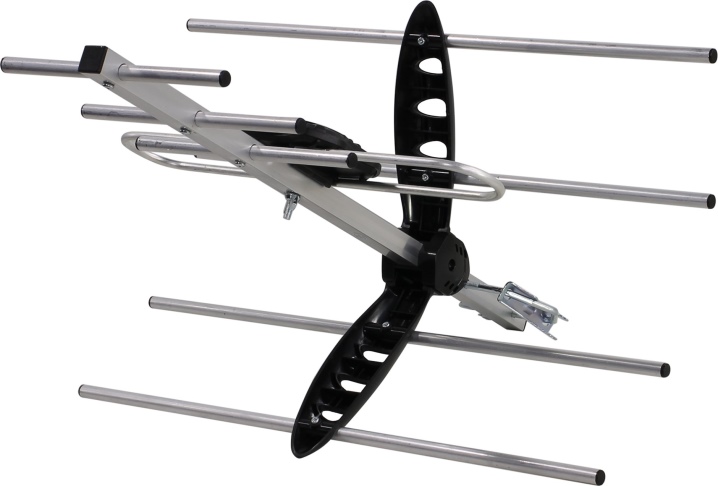
- China introduced an outdoor antenna REXANT DVB-T2 RX-411 34-0411 of 8 elements. Receiver with amplifier, due to this, the signal quality is very good. It is not recommended to install the antenna mast below 7 meters, as this may cause interference. The design is reliable, users note that it works quietly in very adverse weather conditions for 7 years.

- Outdoor receiver Funke ODSC100 from the Dutch manufacturer has small parameters and an attractive design.The model has a gain of 24 dB and wide signal reception in the range of 174-240 MHz / 490 - 862 MHz. Also noteworthy is the presence of LTE INERT technology with filters and shielding that block interference from other networks. If you have a TV with a DVB-T2 tuner or a digital set-top box, you can connect digital or analog TV broadcasting. Of the shortcomings, it is noted that the kit does not include a power injector and a cord.
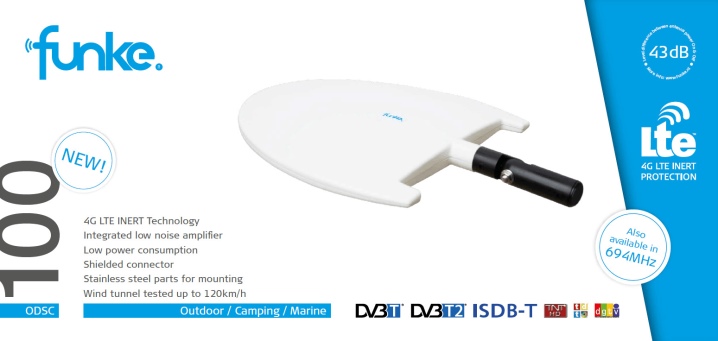
- Antenna Locus Meridian 07AF Turbo completely Russian, with a unique patented high-frequency balanced amplifier. The receiver is compact and lightweight, with 7 aluminum elements. In the technical specifications, it is noted that in order to receive an excellent signal, it is necessary that the TV supply power to the antenna input, but not all TV models are equipped with this. In such cases, the manufacturer advises to use the LI series power injector. The owners of such antennas note that they are ideal for difficult areas, rough terrain, and elevation changes.
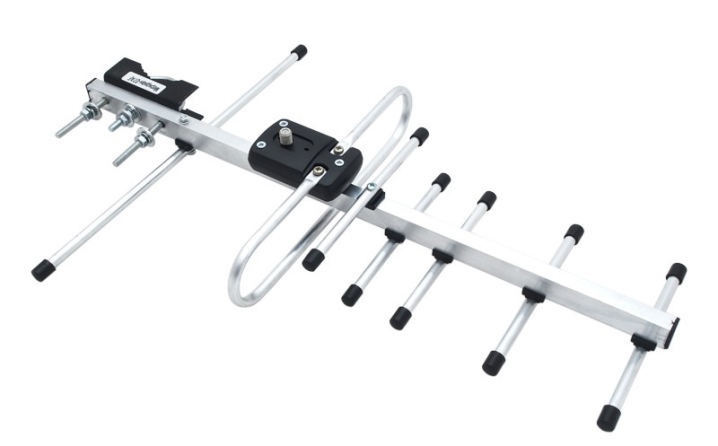
Satellite dishes, regardless of the manufacturer, work exactly the same. But even among them there are devices that have been recognized as the best in work.
Mobile satellite dishes represented by the brand Azure AS-35T. Among the advantages, buyers noted the compact size, installation at any point, reliable assembly and sufficient equipment. There is only one minus - the gain periodically slows down.

The most reliable offset satellite antenna was recognized plate "Supral 0.9 m" from the Ural manufacturer. The advantages include optimal size, excellent signal reception, and resistance to stormy weather. There is still a drawback, and quite serious - there is no anti-corrosion coating, and rust appears quite quickly.
The most optimal dish in terms of price-performance ratio among perforated satellite dishes - LANS-97. The positive aspects are: good appearance, reinforced fastening, very good signal reception, high corrosion resistance. Due to the transition to the DVB-T2 format, some of the viewers decided to buy not a digital decoder, but an advertised Japanese antenna "Booster 5g". Contrary to the assurances of the sellers, this device is not only bad at broadcasting federal channels, but is also a conventional analog antenna. True, for a very expensive fee.

How to choose?
Choosing a good TV antenna is often very difficult because you need to take into account a lot of various factors:
- conditions in the place of residence,
- distance to translator,
- number of channels,
- reception quality and many others.
In this case, the appearance does not play any role. Indoor antenna suitable for a limited number of channels, and there is a high probability that the quality of the signal will be received in different ways on different channels. Among such receivers, it is worth choosing models of directional reception. They are suitable for both old and modern TVs.
With external antennas the choice is simpler, they can have different dimensions, the main thing is the installation height. Passive receivers work well in an urban environment, and in an area close to the suburbs or rural areas, they often need powerful active type antenna. To give a summer residence you need active equipment, and given the fact that such sites are most often located outside the city limits, it is better if it is outdoor, for example, device of the "Double square" type.
A satellite dish is most suitable for an LCD TV. For such antennas, external environmental conditions are important, and for good performance you need to know the satellite frequencies. You can install and configure the equipment yourself, but in the absence of experience, it is still better to entrust it to a specialist.
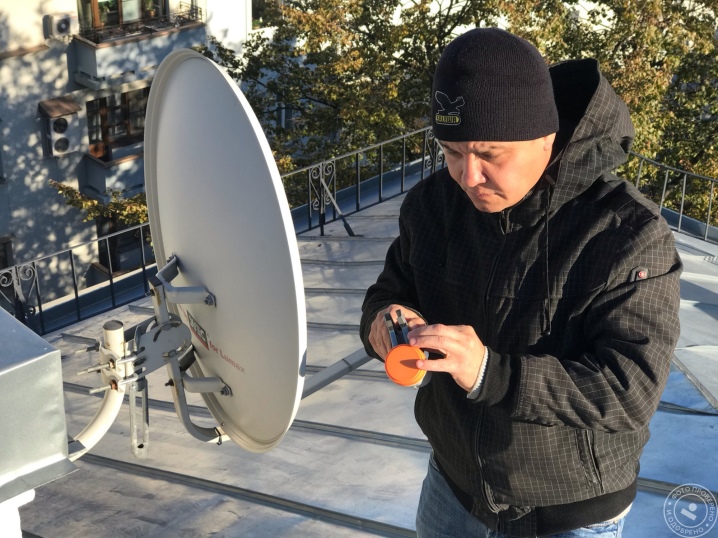
Operating rules
The purchase of equipment is only the first step to operation. His it is necessary to correctly assemble, install, connect and check the signal for image quality... The assembly process of any antenna is disclosed in the instructions for it, so you need to carefully read it before work. To maintain the performance of the device, you need to follow some simple rules.
- Installation or dismantling of the device must be carried out, be sure to disconnect it from the outlet.
- Do not use a composite coaxial cable, it is better to purchase a cord of a suitable length and replace it.
- There should be no large objects distorting the signal on the antenna line.
- The antenna support must be firmly attached as the wind is felt stronger at altitude than on the ground. The support must be able to withstand fairly strong gusts of wind.
- Tuning the antenna consists in orientation to the signal source and requires periodic updates.
- For better device compatibility, use adapters.
- Use only the specified inputs and connectors.
- Disconnect antennas during thunderstorms, especially if you do not have grounding.
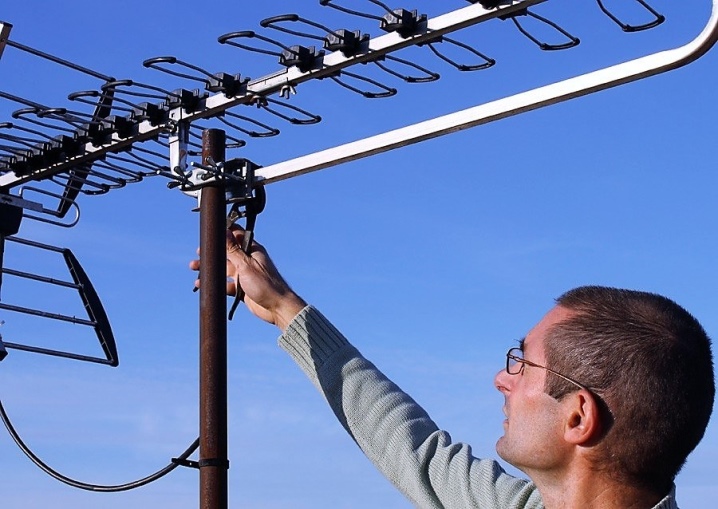
Possible problems
All types of antennas have problems and there are general solutions for each.
- Tthe TV does not see the connection to the antenna... The cause of the problem may be the cable or a malfunction of the TV or receiver itself. It is solved by replacing the antenna cable with a new one and repairing equipment.
- TV does not show any channel... Often the reason for the loss of the signal is due to incorrectly selected broadcast frequencies. On the satellite dish, you need to update the signal reception. On indoor and outdoor antennas, you need to check the antenna socket and, if everything is in order, then try to slightly change the position of the antenna.
- The TV does not pick up the signal from the common antenna... This problem can be caused by three reasons:
- damage to the coaxial cable;
- a malfunction in the "crab", splitter or cable outlet;
- by breaking the connection of the antenna plugs.
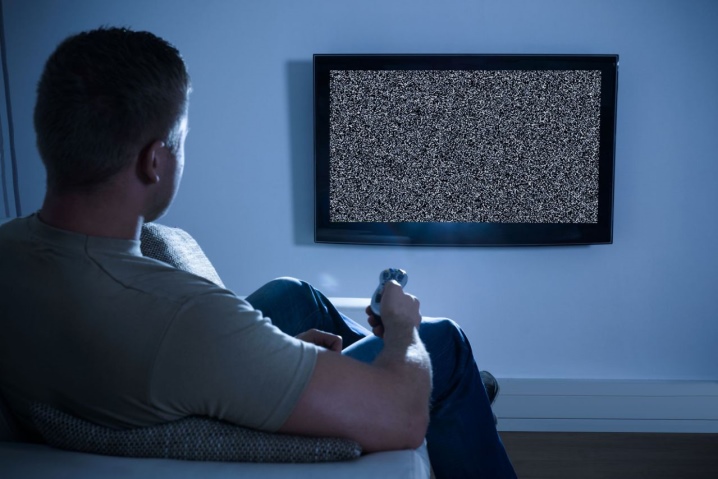
The problem is solved only by replacing the defective part... There are still a number of problems, but they are highly specialized and require special knowledge to solve. The choice of an antenna requires a competent approach, you need not only study the characteristics of television equipment and compatibility with the source of receiving signals, but also choose the model that is optimal in terms of its qualities.
For an overview and assembly of the Locus Meridian 12F passive antenna, see the following video.













The comment was sent successfully.